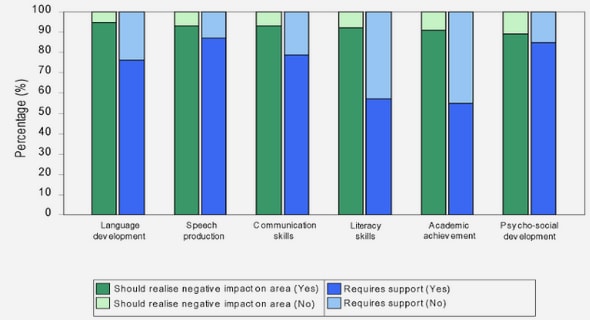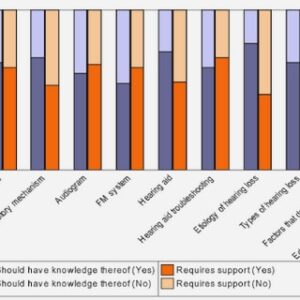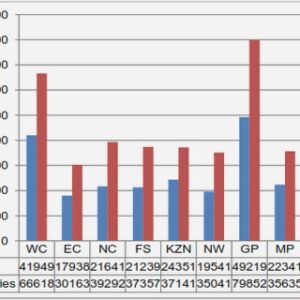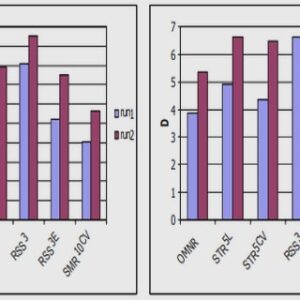(Downloads - 0)
For more info about our services contact : help@bestpfe.com
Table of contents
1 Introduction
BACKGROUND AND CONCEPTUAL FRAMEWORK
2 Management strategies in Australia
2.1 Levels of governance arrangements for water and irrigation-induced salinity
2.2 Biogeography and policy development : links and clashes
2.2.1 Early water policies
2.2.2 Expansionary phase of irrigation development
2.2.3 A water reform agenda
2.2.4 A salinity reform agenda
2.3 Trends in water and salinity management
3 Group performance based instruments and environmental issues : a re-view
3.1 Performance and group performance based instruments : some denitions
3.1.1 Performance
3.1.2 Group performance based instruments
3.2 Group performance based tax/subsidy schemes and strategic interactions
3.2.1 More than an answer to informational asymmetries
3.2.2 When the informational structure matters
3.3 Concluding remarks
4 Water markets and environmental externalities : a review
4.1 Allocative eciency through water trade ?
4.1.1 Theoretical foundation
4.1.2 Empirical studies : ‘siren songs’ ?
4.2 Taking environmental issues into account : rening water markets
4.2.1 The returnow externality
4.2.2 Surface water quality
4.2.3 Surface-groundwater interactions
4.3 Water markets and irrigation-induced salinity
4.3.1 Managing the recharge..
4.3.2 … in the context of scarce water resources
5 Synthesis of Part I : hypotheses
GROUP PERFORMANCE AND IRRIGATION-INDUCED SALINITY
6 Dynamic taxation schemes : modeling choices and assumptions
6.1 Basic structure of the models
6.2 Dierential games and strategy space description
6.3 Informational requirements
6.4 Concluding remarks
7 Managing irrigation-induced salinity as a stock pollution
7.1 The model
7.2 Individually vs socially optimal decisions
7.2.1 Optimal solution
7.2.2 Open-loop equilibrium
7.2.3 Feedback equilibrium
7.3 A general taxation scheme
7.4 Deriving the optimal taxes
7.4.1 Open-loop strategies
7.4.2 Feedback strategies
7.4.3 Comparing the feedback and open-loop taxes
7.5 Numerical illustrations
7.6 Concluding remarks
8 Managing correlated externalities : water taxes with a pinch of salt
8.1 A general model of interrelated stocks
8.2 Stock accumulation and irrigation decisions
8.2.1 The model
8.2.2 Comparison of socially optimal and individual programs
8.3 Designing optimal water taxes
8.3.1 Numerical illustrations
8.4 Conclusion
COUPLED MARKETS AND COUPLED EXTERNALITIES
9 Modeling framework
9.1 Denitions and assumptions
9.2 Accounting for environmental concerns
9.2.1 Social environmentalows constraint
9.2.2 Social recharge constraint
9.2.3 Stream salinity damage
9.2.4 Districtow constraint
9.3 Conclusion
10 Basic programs
10.1 The regulator’s problem
10.1.1 The socially optimal allocation of water use and abatement levels
10.1.2 Shadow cost analysis
10.2 Individual agent’s problem
10.2.1 Coupling constraints and environmental issues
10.2.2 District constraint on instreamow : a ‘community-based’ penalty
10.2.3 Coupling constraints as a policy instrument : enforcement of the social constraints
10.3 Concluding remarks
11 Water allocation under various cap and trade systems
11.1 Cap and trade systems under study
11.2 Constraints on diversion and recharge under study
11.3 Zonal cap and trades
11.3.1 The status quo
11.3.2 Waterlogging rst : managing the recharge
11.3.3 A system combining two types of zonal cap and trades
11.4 Removing barriers to trade
11.5 Concluding remarks
11.5.1 Testing the Hypotheses
11.5.2 Limits and extensions
12 Concluding remarks




